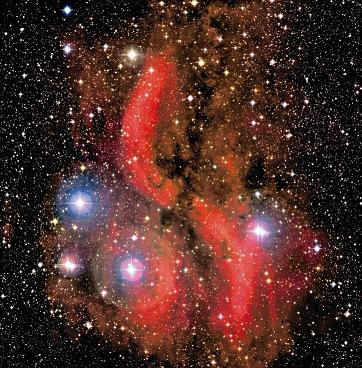Daedalus was a British Interplanetary Society (BIS) project conducted in the 1970’s. The project aimed to design an interstellar probe capable of flying to the Barnard’s star. The Daedalus design was a 54,000 ton two-stage vehicle powered by a D/He3 fusion engine, which could reach a speed of 10,000 km/s. It seems that the motivation behind the Daedalus project was the Fermi paradox.
Among the stated guidelines of the Daedalus project were the use of current or near-future technology and that the spacecraft must reach its destination within a human lifetime. There were interesting aspects to be considered during the design phase, such as infrastructure, propulsion, supporting technologies, and choice of targets.
Icarus, a new theoretical study of a mission to another star, builds on the solid base of the Daedalus project. Icarus aims to crystallize the design for an interstellar probe. Declared goals of the project include generating greater interest for interstellar precursor missions, and motivating a new generation of scientists to design interstellar space missions.
You can find more information about Project Icarus and the team behind the design efforts on the Project Icarus website.












 Subscribe to blog posts using RSS
Subscribe to blog posts using RSS










